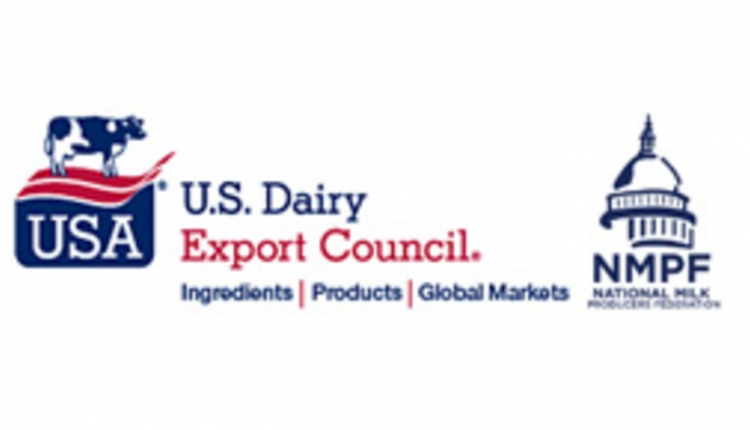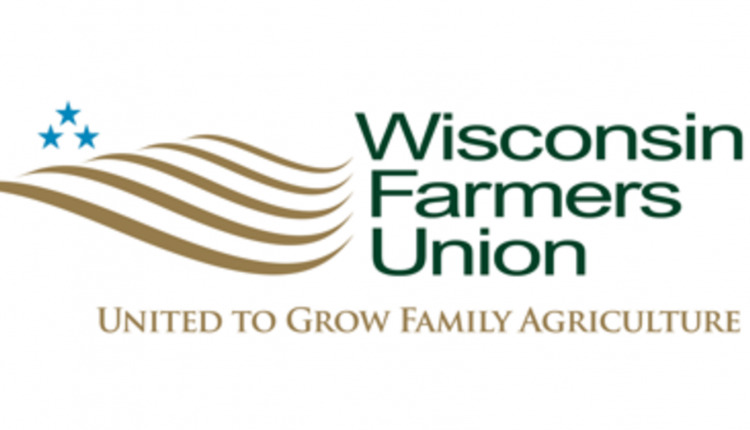As printed in our January 25, 2017 issue . . .
REFLECTING CONSUMER DEMAND FOR GOOD FATS, milkfat has been contributing a larger proportion to milk checks. Between January 2000 and August 2015, milkfat contributed an average of just under 40 percent of the total milk check value, reported NMPF’s Peter Vitaliano. Since then, milkfat has averaged nearly a 60 percent contribution.
EARLY JANUARY FUTURES INDICATE milkfat’s contribution will stay around 50 percent throughout 2017. “This has been a relatively permanent change for the U.S. dairy industry,” stated Peter Vitaliano.
MILK PRICES COULD AVERAGE NEAR $19 per cwt., based on CME futures. Meanwhile, U.S. grain futures suggest that 2017 dairy feeds costs, based on the MPP-Dairy formula, could average $1.90 per cwt. less than the five-year average. These outlooks predict a $1.60 per cwt. improvement in the MPP-Dairy margin, suggested Vitaliano.
DAIRY BULL CALVES, EVEN HOLSTEINS, will continue selling at even steeper discounts compared to their beef-breed cousins. While there has always been a spread, the price gap widened when Tyson announced it would only process beef-breed steers at its Joslin, Ill., facility. With Tyson out, only two major slaughterhouses remain in the Midwest.
CALF PRICES COULD REMAIN DEPRESSED, predicted the authors of the Daily Dairy Report. The Tyson development could mean finished steers may be worth $100 less per head, reported Mary Ledman and her team of economists at the Daily Dairy Report. Cattle feeders are still willing to buy Holstein bull calves, but at a steeper discount.
FLUID MILK SALES WERE FLAT during the first 10 months of 2016. “That may not seem like good news, but compared to annual declines of 1 billion pounds during the previous three years, it is a move in the right direction,” stated the University of Missouri’s Scott Brown.
WHOLE MILK GROWTH of 530 million pounds for the first 10 months of 2016 has provided much of the positive news in the beverage category.
DAIRY FARM EQUITY FELL IN 2015 for the first time since 2009’s damaging drop, according to USDA’s Agricultural Resource Management Survey. On a per-farm basis, equity fell by $11,000 to $2,063,233. Overall, total equity in all U.S. dairy farms reached $104 billion.
BRIEFLY: December Class III milk hit a two-year high at $17.40. Record eggnog sales were reported by many processors during the holidays as the full-fat beverage joined whole milk and butter in a sales rebound. November dairy exports posted an 18-month high representing 15.8 percent of the month’s milk flow. The EU could fill 40 percent of the world’s international cheese trade by 2026, suggested an Europe-based report. The value of Kiwi exports could climb 24 percent by 2018 based on higher prices, predicted the New Zealand government.
In your February 10, 2017 issue . . .
HEIFER CARE IS TOP NOTCH ON THESE FARMS.
Young stock are the future of a dairy herd. Four dairies share their keys to success when it comes to raising heifers in the fifth Round Table of the season.
ONE FOR THE RECORD BOOKS.
A “Dairy Certificate of Death” can help farms better track and understand on-farm losses.
FIND YOUR FARM’S EMPLOYEE OF THE MONTH.
The farm’s star employee — the top cow — has attributes that set her apart from herdmates. Knowing those attributes could benefit your dairy farm.









